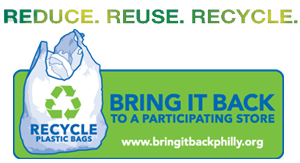“Litter-Known” Facts
We know that there is no such thing as a single littering type. What we do know is that there are seven primary sources of litter:
- Pedestrians or cyclists who do not use receptacles
- Motorists who do not use car ashtrays or litterbags
- Business dumpsters that are improperly covered
- Loading docks and commercial or recreational marinas with inadequate waste receptacles
- Construction and demolition sites without tarps and receptacles to contain debris and waste
- Trucks with uncovered loads on local roads and highways
- Household trash scattered before or during collection
No matter where litter starts, it moves �øÂfrom streets and highways to parks and waterways. Wind and weather moves litter around a community, into the gutters, planted gardens, alleyways and parking areas. In one study, researchers found that 18%; of all littered items end up in our streams and waterways as pollution.
Illegal commercial dumping occurs in every corner of the City, but especially in areas where there is little oversight, such as empty lots or industrial areas. When illegal dumping occurs, days and sometimes weeks or months will pass before there is a cleanup. In the meantime, people, animals and wildlife are naturally attracted. Trash bags are opened and the trash is distributed on the ground. Once this happens, it is easily caught by the wind and becomes ⦠litter!
Solutions to litter problems are not always about cleaning up after the fact. In most cases, solutions come from thoughtful prevention.
Keep Philadelphia Beautiful knows that much of our loose litter is a result of individuals paying too little attention to their actions and others carelessly handling waste. It takes one person at a time to make a difference.







